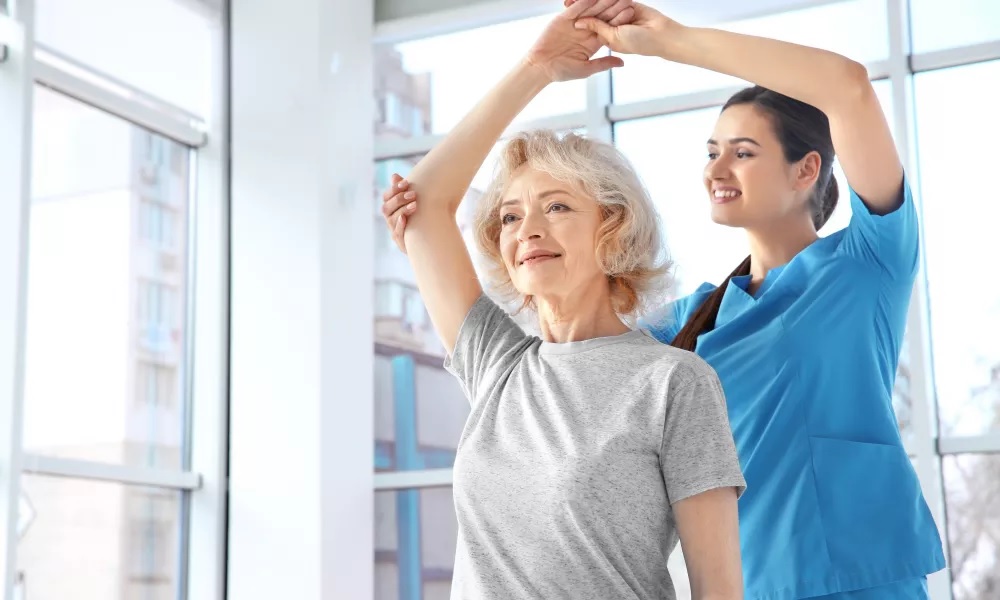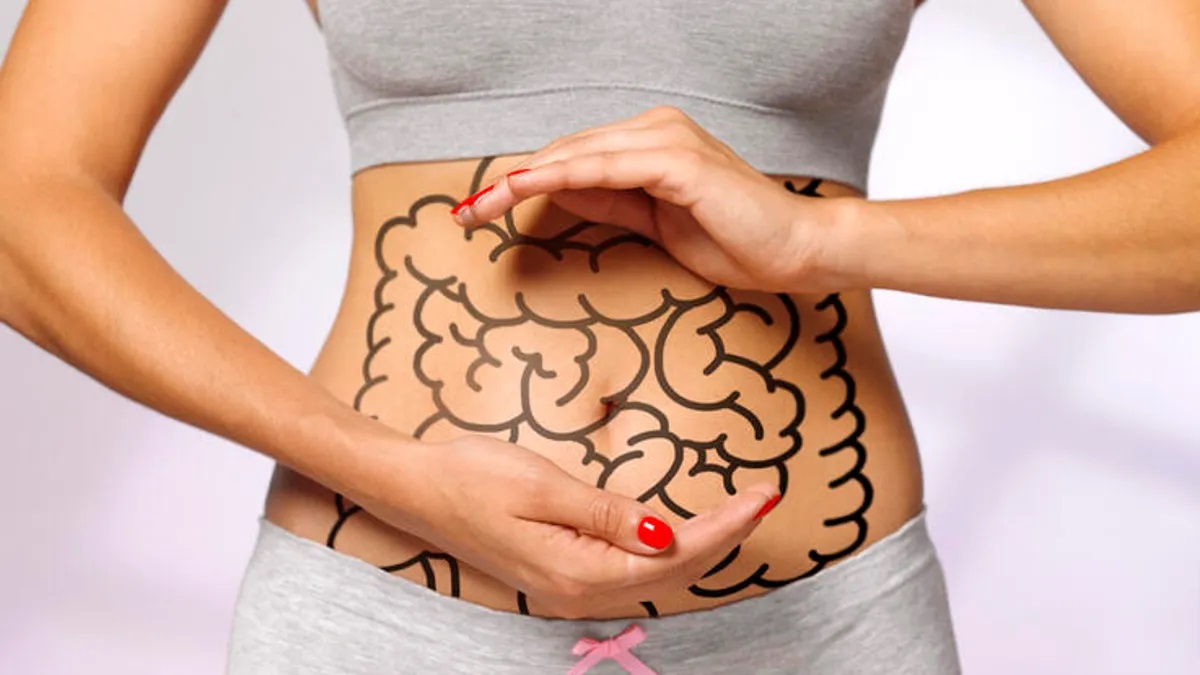Have you ever pondered how amazing the human body is? The complexity of the system that works in a manner enables humans to live for many years. However, as we all know, when a person reaches older age, there are many diseases or medical conditions that will affect them. Remember to take care of your health even when you are still young can help you go a mile.
One of the common conditions affecting the elderly is osteoporosis. Osteoporosis is a condition that makes the bones weaker and likely to break. It is often known as a “silent disease” since it develops slowly over several years and is likely to be noticed when a person has a fall or has had a sudden impact that causes fractured bone, typically the bone in spine, hip or wrist. Apart from the injury, sometimes even coughing or sneezing can cause these broken bones of the ribs or the spine.
Osteoporosis is common in the elderly but it is more common in women compared to men. This is due to the loss of estrogen in women at menopause which leads to the rapid bone loss. Furthermore, women have smaller and thinner bones which makes it easier for this bone loss to occur. It is worth noting that men can possibly suffer from osteoporosis but it is usually in the later life as hormone loss occurs gradually with age. By the age of 65 or 70, both men and women lose bone mass at the same rate. It is estimated that 1 in 5 women above the age 50 suffer osteoporosis whereas only 1 in 20 men is affected by the same condition. However, aside from older people, younger people may experience osteoporosis from many causes, with the most common ones are from poor nutrition, long-term of certain medications such as corticosteroids, previous surgery to remove ovaries before the normal menopause and sedentary lifestyle of physical inactivity or prolonged periods of bedrest.
The most common symptoms of osteoporosis are a fractured bone due to mild injury. As time goes by, it will lead to gradual height loss and back pain. Even though the broken bone is often the first sign or clue for an osteoporosis, some people develop a stooped posture of bending forward as this is due to the broken bone in the spine causing difficulty for the body to bear the body weight. Osteoporosis is not usually painful unless a bone is broken. Broken bones in the spine are the common cause of long-term pain.
There is actually a stage before osteoporosis which is known as osteopenia. Osteopenia is a condition in which the bone mass is low but not severe enough to be classified as osteoporosis. It occurs because of low peak bone mass and/or bone loss after the age 30. It is measured by using the bone density scan. Osteopenia does not always mean or indicates a person will have osteoporosis but when a person has osteopenia, they should take steps to reduce risk for osteoporosis. Doctors may prescribe bone-strengthening treatments to avoid falling into osteoporosis.
Osteoporosis is a long-term condition. During the pandemic of COVID-19, many were reluctant to get help for their medical conditions especially in old people. However, with osteoporosis, patients need to get treated to avoid more broken bones and for them to carry on with their daily life independently. Hence, patients need to know when there is the need for in-person care for osteoporosis. Patients that show signs of loss of height, stooped posture, back or neck pain and bone fractures should get in-person care immediately. This is because these signs are often signs of later-stage osteoporosis. In all honesty, if you are worried if you have osteoporosis especially at risk for, you should already get in-person care.
Those aged 65 and above should get tested for osteoporosis. Those younger than 65 with a risk factor for low bone mass should get tested too. Healthcare providers can measure bone mass using bone density scan. This device is used as a screening test and also as a test to diagnose osteoporosis. Apart from this device, sometimes questionnaires, physical exams and ultrasounds may be used to quantify the risk for osteoporosis.
Treating osteoporosis aims to slow down the bone loss and prevent bone breaks. Those diagnosed with osteoporosis will be recommended to go for lifestyle changes and medications. Medications may slow down the bone loss and help rebuild bone. Beside treatment, patients should avoid activities that can put more injury to the weak bone such as twisting spine or bending forward. Prevention from fall is also important to avoid further injury. It is important for people with weakened bones such as osteoporosis to avoid fractures such as from fall because this damaged bone may not heal properly and will cause persistent pain. Such an event will lead to loss of mobility and independence. Prevent falls by doing strengthening and balance exercises, make sure rooms are well lit and be extra careful when using stairs or in the bathroom.
Also read – Dengue Prevention.



